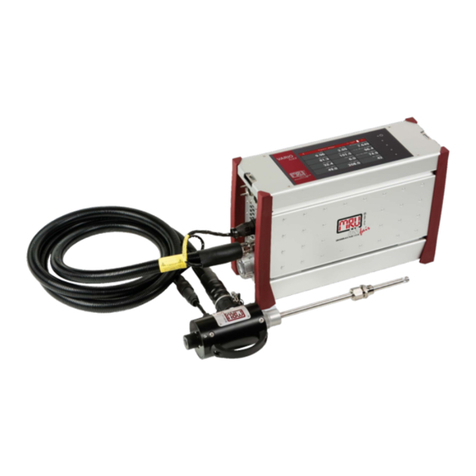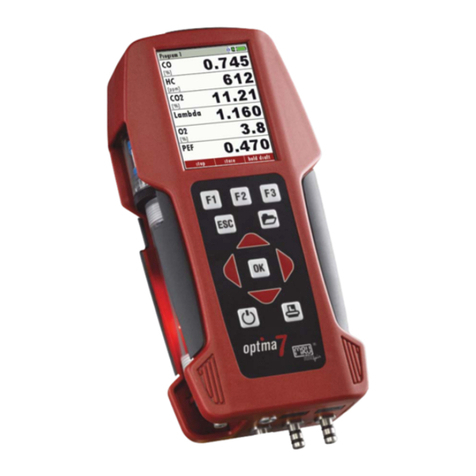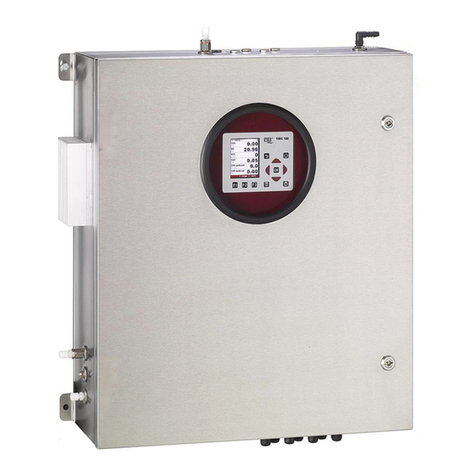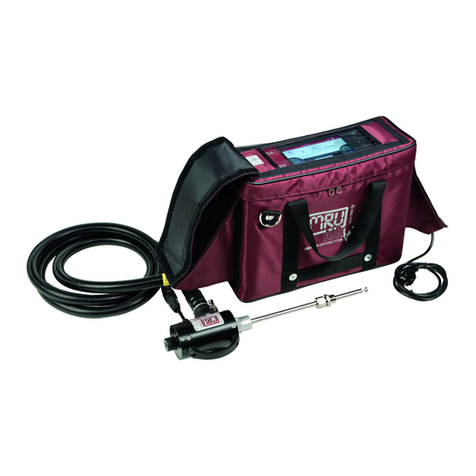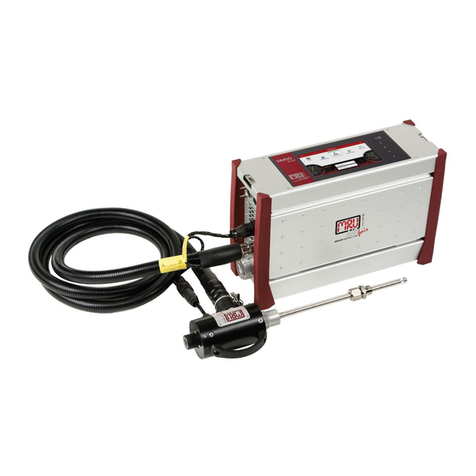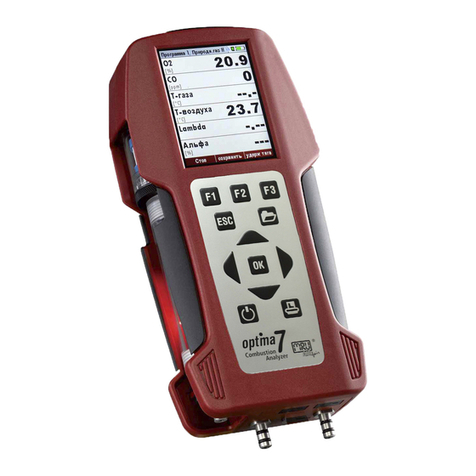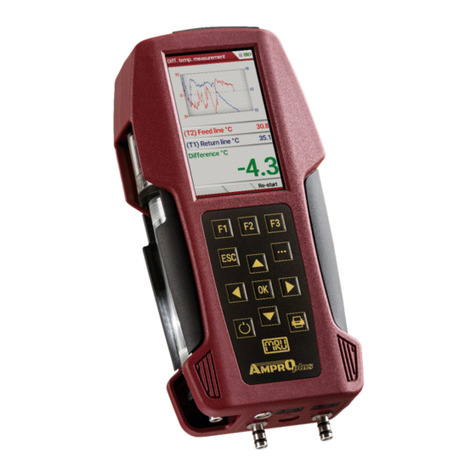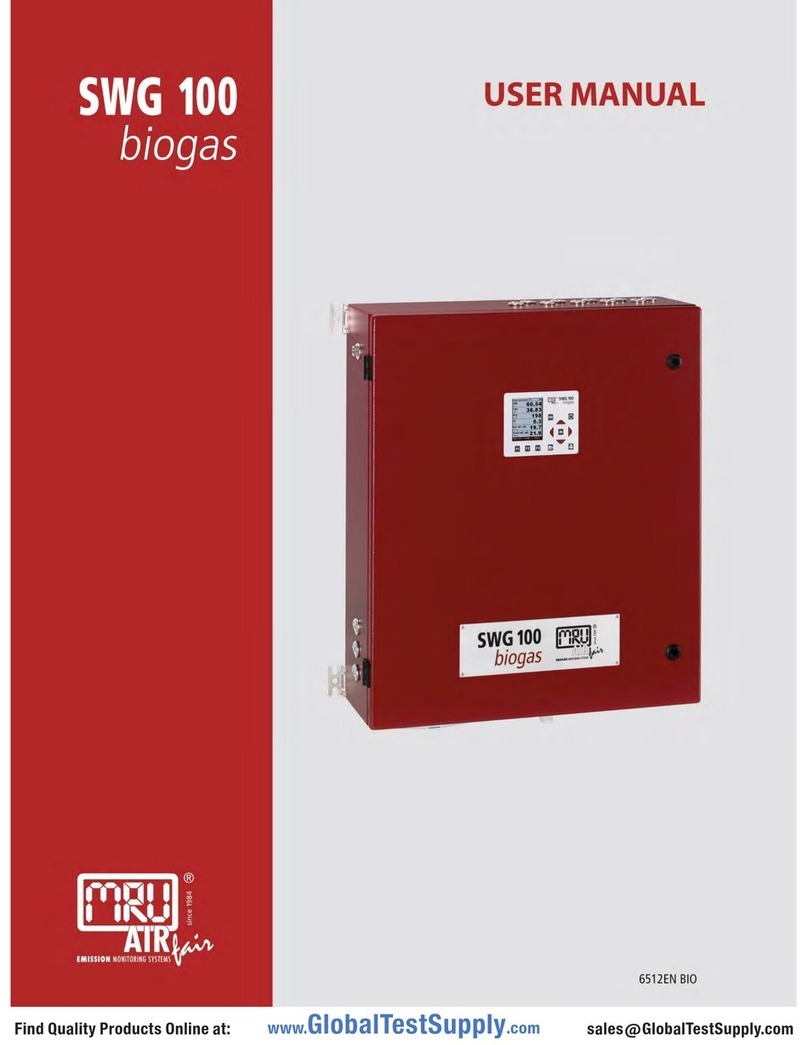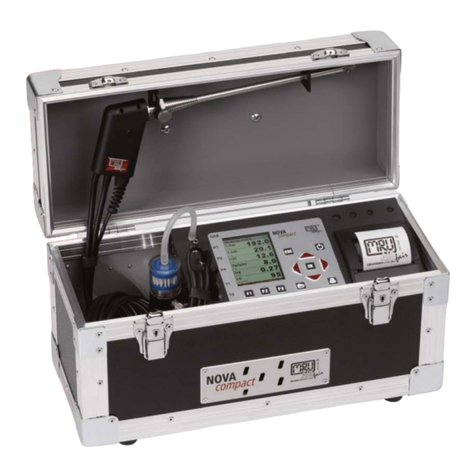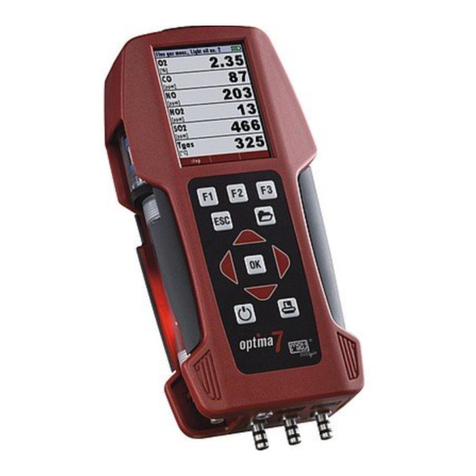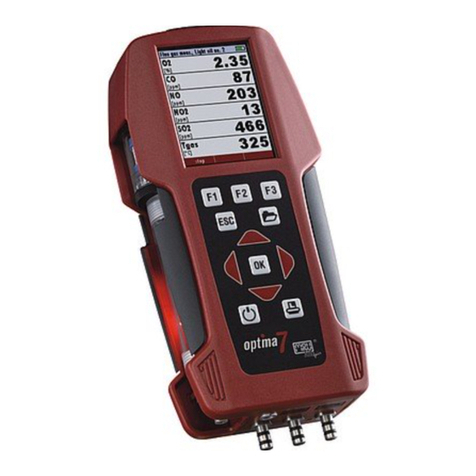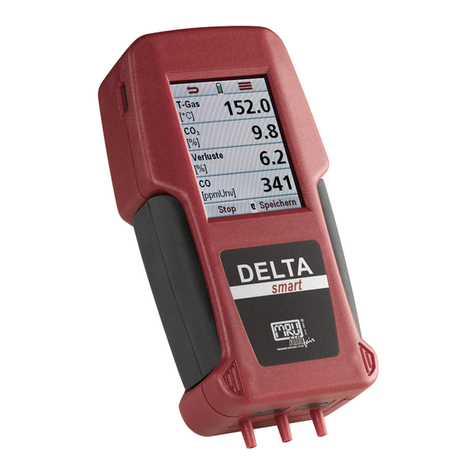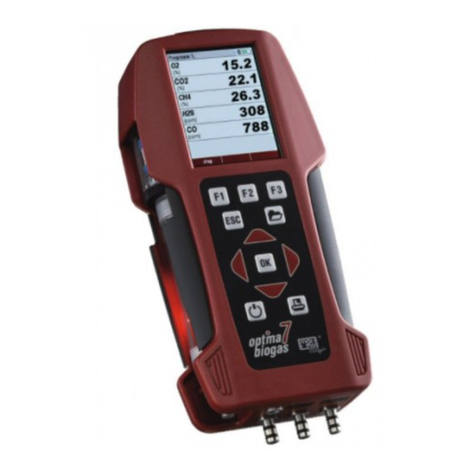Content
1 Introduction ................................................................................................................................. 5
1.1 Intended use.......................................................................................................................................5
1.2 About us...............................................................................................................................................6
2 Information for product and safety ......................................................................................... 7
2.1 Safety manual ....................................................................................................................................7
2.2 Safety precautions............................................................................................................................7
3 Description ................................................................................................................................... 8
3.1 Task ........................................................................................................................................................8
3.2 Gas ow diagram..............................................................................................................................8
3.3 The measuring instrument............................................................................................................9
3.4 Connectors....................................................................................................................................... 10
3.5 Probes ................................................................................................................................................ 10
3.6 Gas sampling probe “TR”............................................................................................................. 11
3.7 Gas conditioning............................................................................................................................ 11
3.8 IR measurement ............................................................................................................................. 12
4 Operation.................................................................................................................................... 13
4.1 Commissioning............................................................................................................................... 13
4.2 Switch on .......................................................................................................................................... 13
4.3 Switch o / Reset ........................................................................................................................... 13
4.3.1 Switch o................................................................................................................................. 13
4.3.2 Reset.......................................................................................................................................... 13
4.4 Operating panel ............................................................................................................................. 14
5 Settings ....................................................................................................................................... 15
5.1 Analyzer settings............................................................................................................................ 15
5.2 Setting time and date .................................................................................................................. 16
5.3 Conguration of measurement program ............................................................................. 16
5.4 Gas ow measurement................................................................................................................ 18
6 Measurement ............................................................................................................................. 19
6.1 Preparation of each measurement.......................................................................................... 19
6.1.1 Power supply.......................................................................................................................... 19
6.1.2 Charging state of the battery........................................................................................... 19
6.1.3 Connections to the instrument ....................................................................................... 19
6.1.4 Operating temperature...................................................................................................... 20
6.1.5 Filter........................................................................................................................................... 20
6.1.6 Switch-on, warm-up phase, zero point......................................................................... 20
6.1.7 Instrument leak test............................................................................................................. 21
6.2 How to take a Measurement...................................................................................................... 21
6.2.1 Fuel type selection and O2reference............................................................................. 21
6.2.2 Store the measurement results ....................................................................................... 22
7 Maintenance and cleaning ...................................................................................................... 23
7.1 Cleaning and maintenance........................................................................................................ 23
